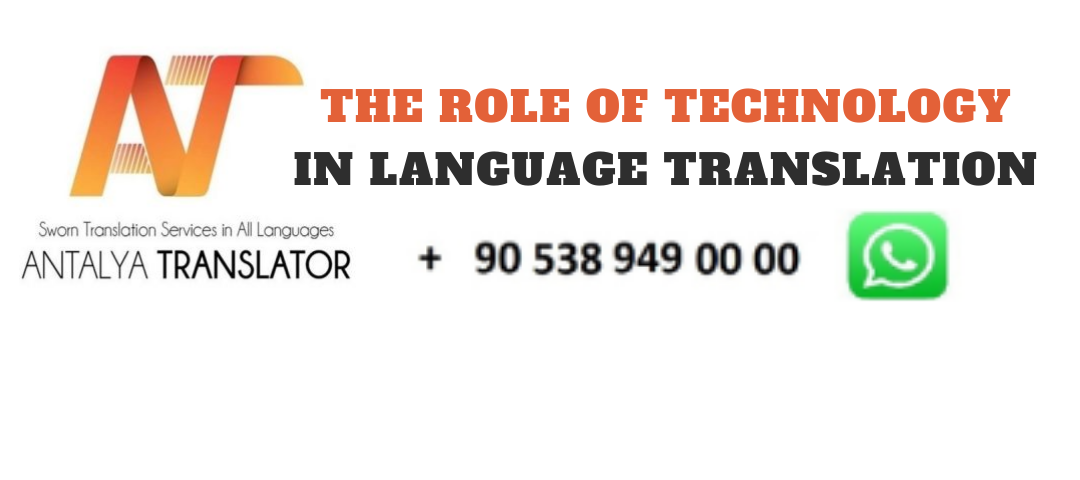
Promoting Holiday Properties in Antalya to Foreigners
August 28, 2023
Ways for Property Investors to Deal with Language Barrier
August 29, 2023The rapid advancement of technology has turned the world into a global village and facilitated communication between different languages. Language translations have also come under the influence of technology in this process. Although AI-supported translation software and translation applications provide many conveniences to overcome language barriers, a closer look at the role and limits of technology in language translation is needed.
The Role of Technology: Speed and Comprehensiveness of Translation
One of the greatest contributions of technology is to increase the speed of language translations. Automated translation software can translate large texts instantly and speed up communication. In addition, technologies such as artificial intelligence and deep learning can make sense of multilingual content more precisely and provide accurate translations.
Artificial Intelligence Assisted Translation Tools: Procedure and Efficiency
Artificial intelligence has become an important tool in language translation. AI-powered translation tools learn from large data sets and optimise translations. These tools can help you reach more people by overcoming language barriers while quickly translating repetitive content.
Boundaries: Depth of Meaning and Cultural Nuances
One of the biggest limitations of technology in language translation is its inability to adequately capture depth of meaning and cultural nuances. Wordplay, idioms and cultural references between languages pose a challenge for most automatic translation software. This can lead to incomplete understanding or misinterpretation of the translation.
Language Complexity: Technical and Legal Document Translation
Technical and legal documents contain specialised terminology and technical concepts. Translation of such content often requires the expertise of human translators. The limitations of technology can make it difficult to translate such documents fully and accurately.
Natural Language Processing: Development and Future Perspectives
Natural language processing (NLP) is seen as the future of technology in language translation. NLP combines artificial intelligence and computational power to better understand the structure and meaning of language. This can improve the accuracy and depth of meaning of language translations. However, it is unlikely to completely eliminate human translators, as the human touch and cultural understanding are still highly valued.
Conclusion Translations Powered by Technology
The role of technology in language translation is large and important. Speed, efficiency and wide coverage are just some of the advantages of AI-assisted translation tools. However, they still have limitations in areas such as depth of meaning, cultural nuances and translation of technical documents. Technology can be a powerful tool in overcoming language barriers, but the expertise and cultural understanding of professional human translators should not be forgotten. In the future, technology advances in natural language processing can further improve translation quality and make global communication easier.

